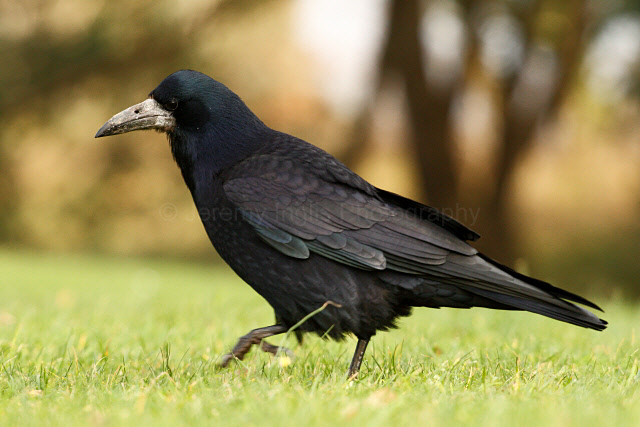I went round to Bishop's Wood on the Gower Peninsula today, taking my newly-repaired trusty Canon 40D for a tryout. I was hoping to photograph a Marsh Tit, which can usually be seen coming to food here with commoner species. Of course, whenever I turn up with all my gear in good light, the quarry I came for is nowhere to be seen. Instead, I had to make do with shots of the usual woodland species such as this Coal Tit:
The most common and boldest of the birds were the numerous Nuthatches:
A few Blue and Great Tits popped down for some peanuts, but they were surprisingly timid, and seemed easily scared by my camera's shutter, so I didn't get any decent shots of them.
However, just before I left, a Robin appeared:
A few Chaffinches, Magpies, Jackdaws, Wrens, Jays, as well as one or two Goldcrests, were also around. I heard a Green Woodpecker calling from the woods, and a drumming Great Spotted Woodpecker; a Fox trotted though the trees about forty yards away at 3.30 p.m.
I managed a few shots of the sunset over nearby Caswell Bay, but I'll post those another day.

























































